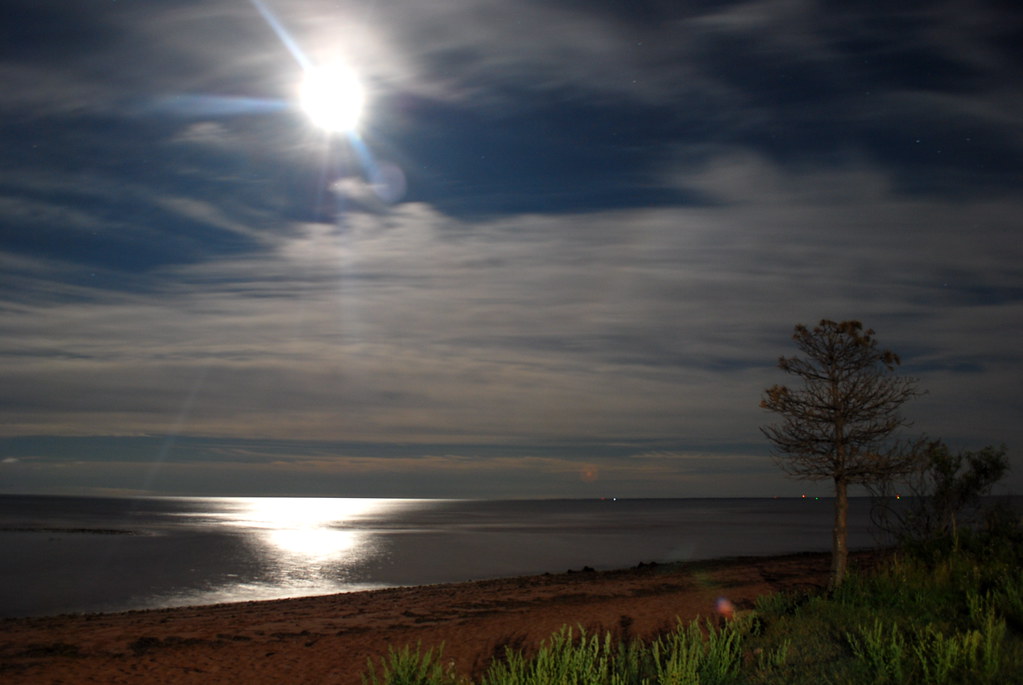Responding to http://davecormier.com/edblog/2010/08/29/standards-testing-keeping-us-safe-from-the-creative-economy/
I have thought more about the question, "why do we learn?" or maybe "why do we become educated?" And the only answer that makes sense to me, the only answer that explains economic ("get the credential") motives as well as personal development ("be all you can be" or "knowledge for the sake of knowledge") motives, is the answer, "to have a good life," which in turn is something like, "pursuing one's own good (which may include altruistic goods) in one's own way.
Now this of course is at first blush distinct from the question, "why do we educate." But is does allow us to distinguish types of motivations for "why we educate." One set of motivations, and a very important one for me, is the altruistic motivation, of helping (or allowing) people to have a good life.
But also important is my own pursuit of my own good life. Here there are, for me, a range of lesser motivations, among them including the possibility of earning a living through education, the propagation of knowledge and values that will improve the society in which I live and which supports me, and the possibility that the people I educate will enrich my own life with new discoveries, knowledge and insights.
Different people weigh these moyivations differently. But I would say that in general a balance is required; education without altruism is exploitation, and education without attention to one's own definition of a good life is self-depreciation. The skill lies in understanding this balance, and the elements - economic, politicial, social - that make up this balance, and in aligning them to the maximal benefit of educator and student.
I have thought more about the question, "why do we learn?" or maybe "why do we become educated?" And the only answer that makes sense to me, the only answer that explains economic ("get the credential") motives as well as personal development ("be all you can be" or "knowledge for the sake of knowledge") motives, is the answer, "to have a good life," which in turn is something like, "pursuing one's own good (which may include altruistic goods) in one's own way.
Now this of course is at first blush distinct from the question, "why do we educate." But is does allow us to distinguish types of motivations for "why we educate." One set of motivations, and a very important one for me, is the altruistic motivation, of helping (or allowing) people to have a good life.
But also important is my own pursuit of my own good life. Here there are, for me, a range of lesser motivations, among them including the possibility of earning a living through education, the propagation of knowledge and values that will improve the society in which I live and which supports me, and the possibility that the people I educate will enrich my own life with new discoveries, knowledge and insights.
Different people weigh these moyivations differently. But I would say that in general a balance is required; education without altruism is exploitation, and education without attention to one's own definition of a good life is self-depreciation. The skill lies in understanding this balance, and the elements - economic, politicial, social - that make up this balance, and in aligning them to the maximal benefit of educator and student.












